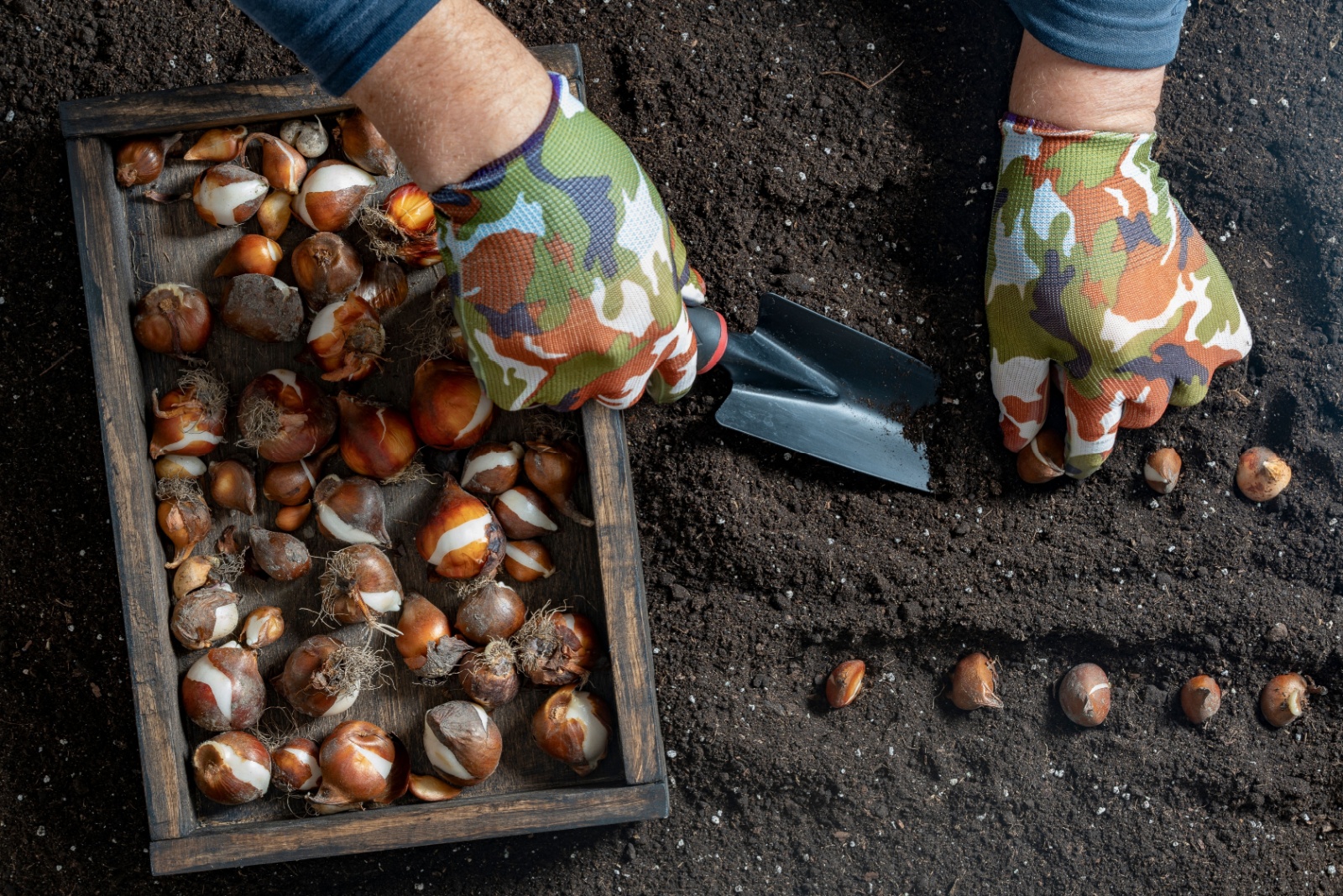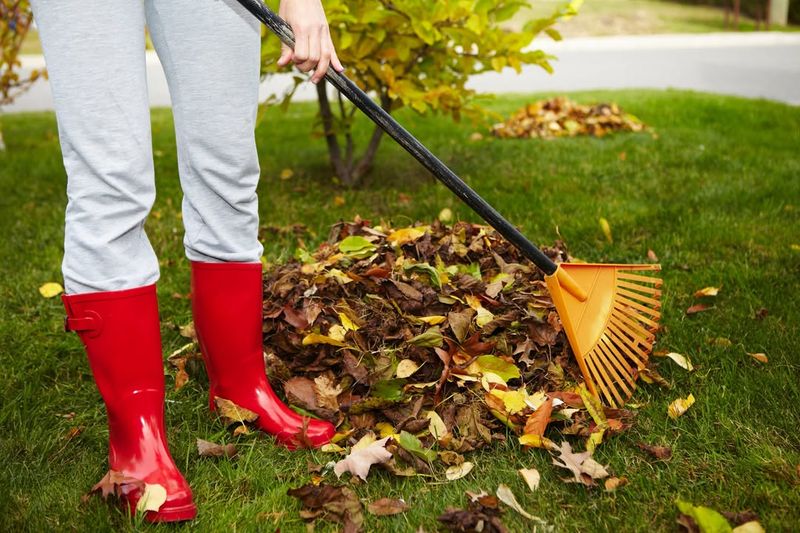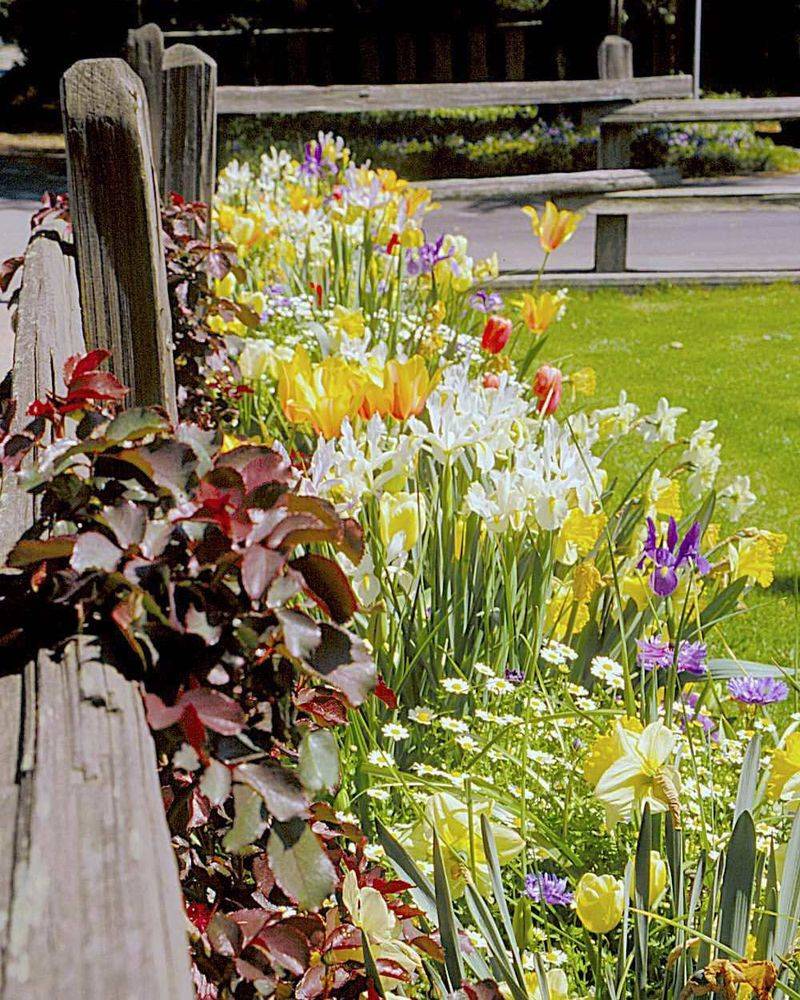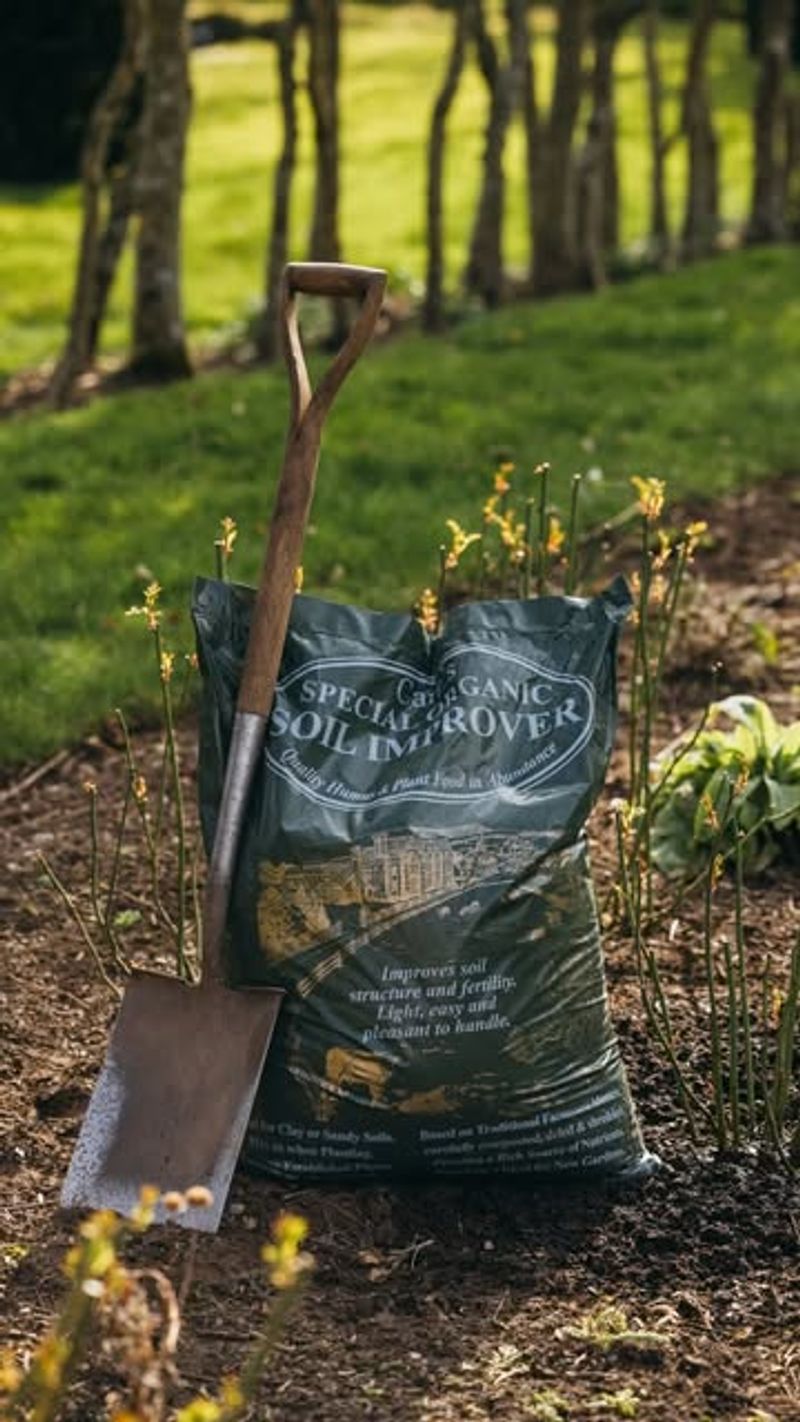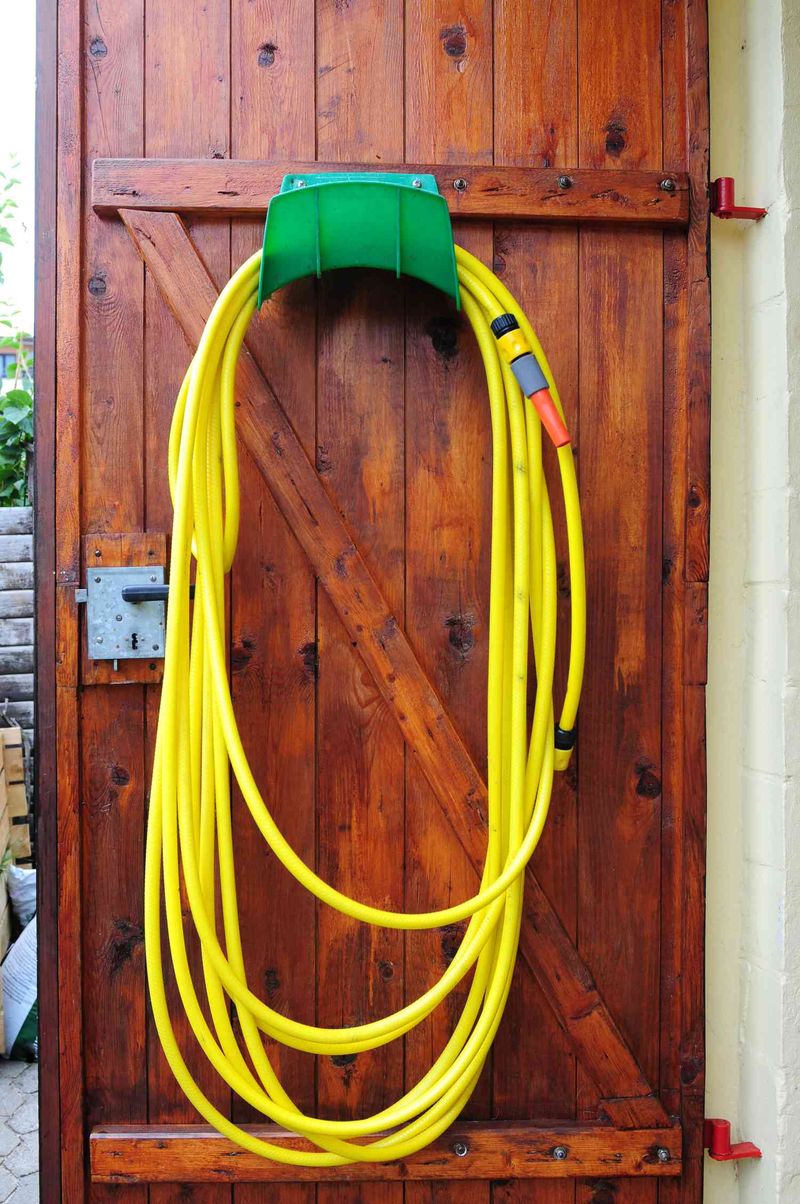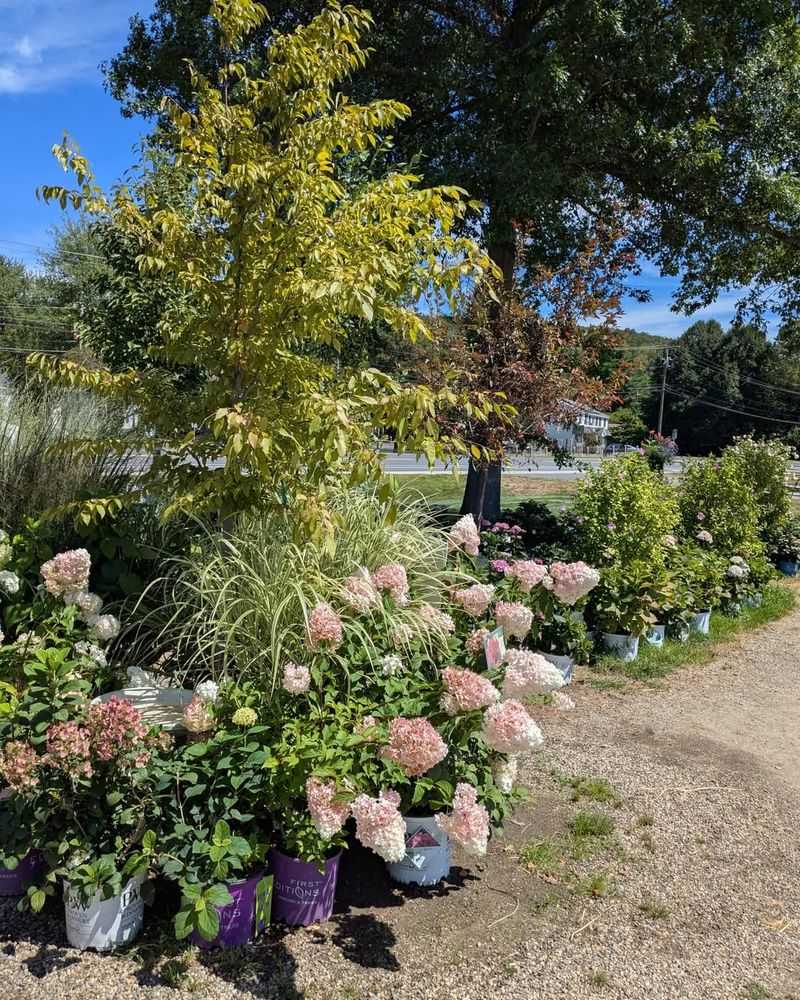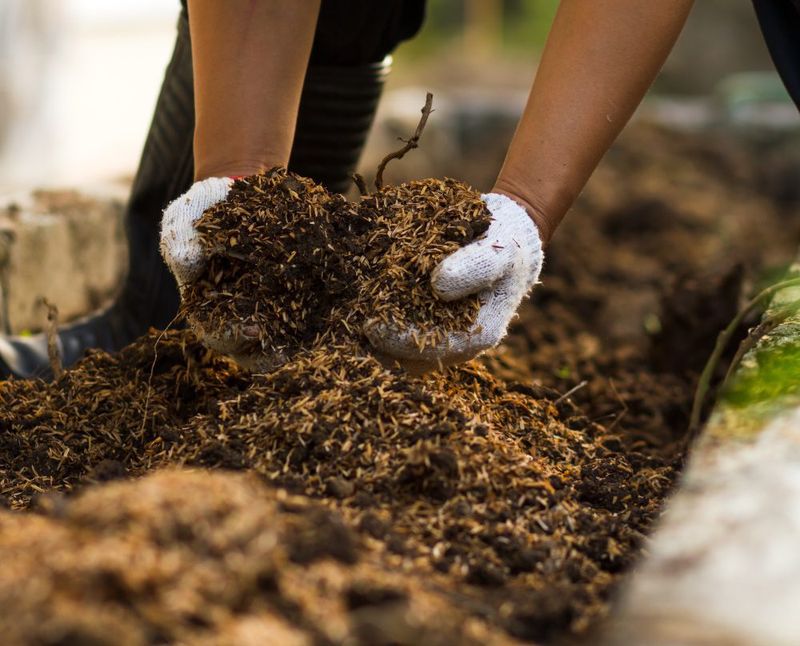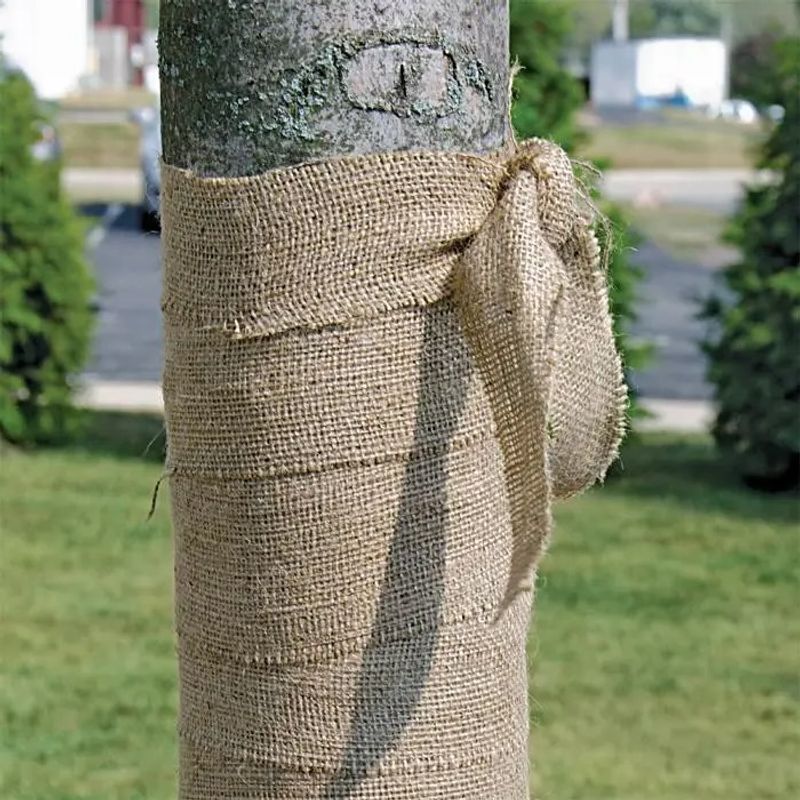November in New York brings cooler temperatures and shorter days, signaling the end of the growing season. But your garden still needs attention to stay healthy through winter and thrive come spring.
Taking care of a few important tasks now will protect your plants from harsh weather and set you up for gardening success next year.
1. Clean Up Fallen Leaves And Debris
Raking up leaves might seem like a chore, but it actually protects your lawn and garden beds from disease. When wet leaves pile up, they create the perfect home for harmful fungi and pests that can damage plants.
You can add healthy leaves to your compost pile or use them as mulch around trees. Just make sure to remove any diseased plant material completely. A tidy garden in November means fewer problems when spring arrives.
2. Plant Spring-Blooming Bulbs
Before the ground freezes solid, you have one last chance to plant tulips, daffodils, and crocuses. These bulbs need cold winter temperatures to develop properly and bloom beautifully in spring.
Dig holes about three times deeper than the bulb’s height and place them with the pointy end facing up. Plant them in groups for a more dramatic display. Water them well after planting, and nature will take care of the rest during winter months.
3. Protect Tender Perennials With Mulch
Many perennial plants need extra insulation to survive New York’s freezing winters. A thick layer of mulch acts like a warm blanket, keeping roots safe from temperature swings.
Wait until after the first hard frost, then spread two to four inches of shredded bark, straw, or leaves around your plants. Focus on protecting roses, lavender, and other sensitive species. Proper mulching prevents frost heave, which can push plants right out of the ground and kill them.
4. Drain And Store Garden Hoses
Water left inside hoses can freeze and expand, causing cracks and splits that ruin them completely. Disconnecting and draining your hoses now saves money and hassle next spring.
Remove hoses from outdoor faucets, drain all the water out, and coil them neatly. Store them in a garage or shed where they will stay dry. Also, shut off outdoor water valves and drain the pipes to prevent freezing and potential burst pipes during cold snaps.
5. Cut Back Dead Perennial Stems
Most perennials die back naturally in fall, leaving brown stems and foliage that look messy. Cutting these back to a few inches above ground level improves your garden’s appearance and reduces disease risks.
Use clean, sharp pruners to make neat cuts. However, leave ornamental grasses and seed heads that provide winter interest and food for birds. Some gardeners prefer waiting until early spring to cut everything back, which also provides wildlife habitat throughout winter.
6. Bring Tender Plants Indoors
Tropical and tender plants like begonias, geraniums, and coleus cannot survive New York’s freezing temperatures. Moving them inside before the first hard frost keeps them alive through winter.
Check plants carefully for pests before bringing them in, as bugs can quickly spread to houseplants. Place them near sunny windows and reduce watering since they grow slower indoors. You can also take cuttings to root in water, creating new plants for next summer’s garden.
7. Add Compost To Garden Beds
Did you know? Adding compost in fall gives it time to break down and enrich your soil before planting season. Spread a two to three inch layer over empty vegetable beds and flower gardens.
You do not need to dig it in right away because worms and microorganisms will naturally mix it into the soil over winter. Compost improves drainage in clay soil and helps sandy soil hold moisture better. Your plants will grow stronger and healthier with this nutrient boost.
8. Protect Young Trees From Winter Damage
Young trees with thin bark are vulnerable to sunscald, rodent damage, and winter injury. Wrapping trunks with tree guards or burlap provides essential protection during harsh months.
Start wrapping from the ground up to just below the lowest branches. Light-colored wraps reflect sunlight and prevent bark from heating up on sunny winter days, then freezing at night. Remove guards in early spring to prevent moisture buildup and pest problems underneath the wrapping.

